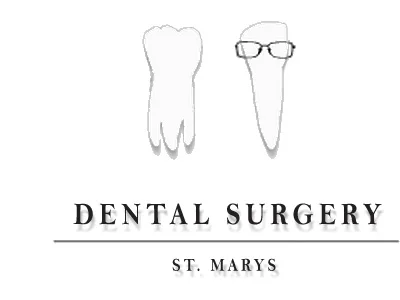“I have a toothache, what needs to be done to fix it?”. This is an all too common question we are confronted with on a daily basis. The answer depends on a combination of different factors i.e.the type of pain felt, the duration of onset, things that make it worse/better, whether it disturbs sleep just to name a few.
Generally speaking a sharp, sudden and short lasting pain that can be isolated to a tooth is a better sign than a long lasting ache that is more in a general area rather than a single tooth. A short lasting pain in a tooth is more characteristic of a ‘reversible pulpitis’, that is, an inflammation in the nerve that can be removed with treatment.
A long lasting pain is characteristic of an ‘irreversible pulpitis’, that is, inflammation in the nerve that cannot be removed and will eventually lead to the nerve dying and an infection forming. This type of pain is more of a dull ache in nature, spontaneously starts and wakes one up from their sleep. Because the inflammation in the nerve cannot be removed, the only way to treat this pain is to remove the nerve itself (root canal treatment), or the entire tooth.
Pain can also present from the gums, and if left long enough will start to effect the teeth. This is because all the tissues are joined together, and the same nerves innervate them. Gum pain and infections if left long enough can affect the teeth through their roots and cause tooth pain.
The sinus’ can also cause pain due to the location of the upper molar roots. Sometimes these upper molar roots are part of the wall that forms the sinus and so any sinus infections can present as tooth ache.
Finally other pathology from cysts, tumours, infections of the bone, or any other tissues of the mouth can be referred to the teeth, and other times toothache can be referred to other structures. Ear ache is a common presentation in lower molar pain when it has become chronic.
Diagnosis of pain is complex at the best of times. A combination of your symptoms, the signs we clinically detect, the information gathered from clinical tests and imaging are all used to ensure the correct treatment is carried out.
